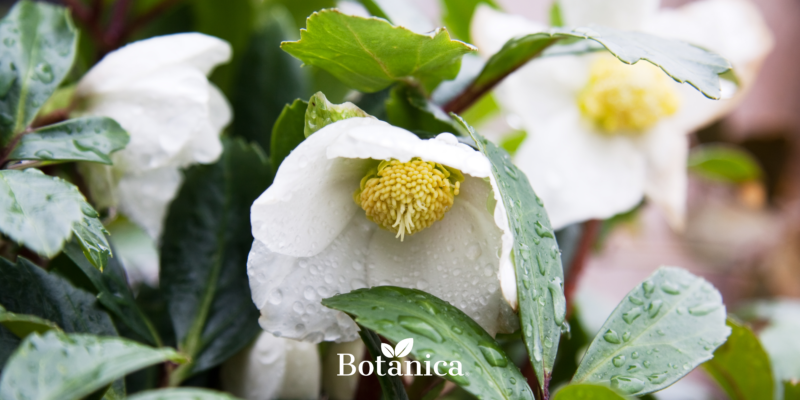
How to Care for Hellebores?
Have you ever wondered how hellebores – also known as “winter roses” – manage to bloom while most plants are still in their winter sleep? These beautiful perennials can brighten the dullest months with their charming flowers and are incredibly hardy. Below you’ll find 5 essential tips for caring for hellebores so you can enjoy their beauty every year!
1. Proper location and soil
Hellebores (Helleborus) love shady or semi-shady garden spots. Make sure they’re not exposed to intense midday sun – too much light can scorch their delicate leaves. They grow best under trees or among taller shrubs that provide protection from excessive sunlight.
Soil: Should be fertile, moist, and well-drained. Adding compost or well-rotted leaf mold will supply nutrients they love.
2. Regular but moderate watering
While hellebores tolerate cool conditions, they don’t like to dry out. Keep the soil consistently slightly moist, especially during blooming. Avoid overwatering, as soggy soil can lead to root rot.
Rule of thumb: Water when the top layer of soil starts to dry out slightly, but don’t let it dry completely.

3. Fertilizing to enhance blooming
Although hellebores aren’t especially demanding, fertilizing at the right time will boost their flowering. Use slow-release multi-nutrient fertilizers or compost.
When to fertilize?
- In spring, when the plants begin vigorous growth.
- In summer, to support energy buildup and bud formation for the next season.
4. Pruning and leaf care
Hellebores keep some of their leaves in winter, but in early spring or late winter it’s a good idea to remove old or damaged foliage. This allows new shoots to grow better and helps prevent fungal diseases.
How to prune?
- Carefully cut off all browned, yellowed, or dead leaves close to the ground.
- Use clean, sharp tools to avoid infection at the cut points.
5. Protection from diseases and winter frost
Hellebores are cold-hardy, but it’s worth covering them during prolonged frost without snow. Use conifer branches or horticultural fleece.
Prevention:
- Watch out for fungal diseases – ensure good air circulation by not planting them too densely.
- Avoid overwatering and allow air to flow freely around the plants.

Summary
Hellebores are true gems of the winter and early spring garden. With the right location, moderate watering, proper feeding, pruning, and disease prevention, they will reward you with stunning blooms during the toughest season for most plants.
If you’re looking to decorate your garden with flowers that bloom before spring even fully arrives – hellebores are the perfect choice. Add these beautiful perennials to your green space and they’ll repay you with unforgettable views while other plants are still waking up. Good luck and enjoy the magic of the “winter rose”!

 Deutsch
Deutsch Nederlands
Nederlands Polski
Polski Українська
Українська
